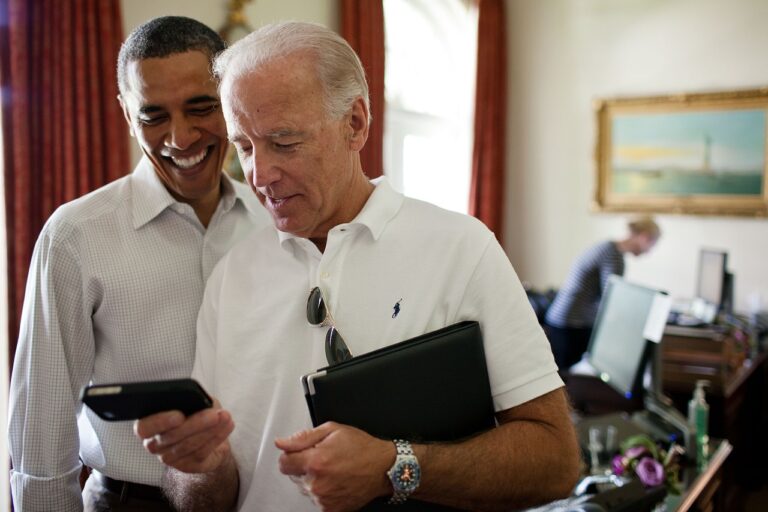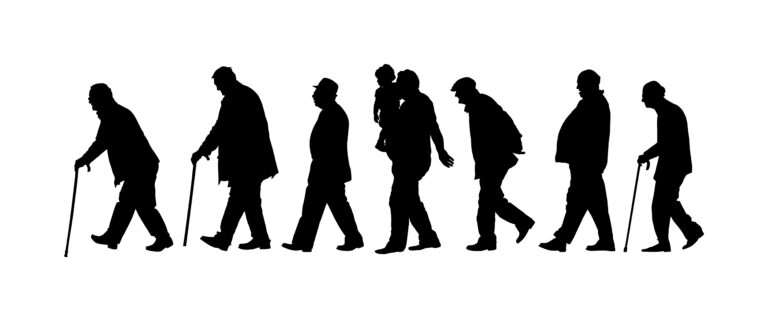The Intersection of Technology and Governance: Elon Musk’s Vision for a Leaner Federal Government
In recent months, the United States has witnessed a significant shift in how the federal government operates, thanks in part to Elon Musk’s involvement. Musk, known for his innovative approaches at companies like Tesla and SpaceX, has been tasked by President Donald Trump to lead the Department of Government Efficiency (DOGE). This new entity aims to streamline and reduce the size of the federal government, leveraging technology to identify and eliminate wasteful spending.
### Background and Goals
President Trump’s administration created DOGE with the goal of overhauling the federal bureaucracy. Musk, as its leader, has been instrumental in implementing swift changes across various government agencies. The idea is to use technology to modernize government operations and cut costs, similar to how Musk has transformed his private companies.
However, this approach has not been without controversy. Many Americans support the idea of downsizing the government, but they are less enthusiastic about the methods being used. Polls show that while a majority favor reducing government size, they are concerned about the rapid pace of job cuts and program eliminations. For instance, a significant number of respondents oppose the firing of tens of thousands of federal workers, fearing that important services might be compromised.
### Challenges and Criticisms
Critics argue that Musk’s approach is too aggressive and lacks transparency. Unlike previous government reform efforts, which often involved lengthy deliberations and Congressional approval, DOGE’s actions have been swift and decisive. This has led to lawsuits and concerns about potential conflicts of interest, given Musk’s extensive business dealings with government agencies.
Elaine Kamarck, a scholar at the Brookings Institution, notes that such drastic measures could have severe consequences, including disruptions to essential services. She emphasizes the need for a more thoughtful and collaborative approach, similar to past reforms that involved working with Congress.
### Public Perception
Public opinion on Musk’s role in DOGE is mixed. While some see him as a visionary who can bring much-needed change, others view his methods as too radical. Polls indicate that a significant portion of Americans hold negative views of Musk’s involvement, questioning whether he fully understands the complexities of government agencies.
Despite these challenges, Musk remains committed to his vision. He believes that by reducing government spending and streamlining operations, the U.S. can address issues like inflation and high interest rates. However, the path forward is fraught with legal and political hurdles, as well as public skepticism about the pace and nature of these reforms.
### Conclusion
The intersection of technology and governance, as exemplified by Elon Musk’s work with DOGE, represents a significant experiment in modernizing government. While the goal of creating a leaner, more efficient federal government resonates with many Americans, the execution has raised important questions about transparency, oversight, and the potential consequences of rapid change. As this process unfolds, it will be crucial to balance innovation with careful consideration of the impacts on public services and the broader society.





